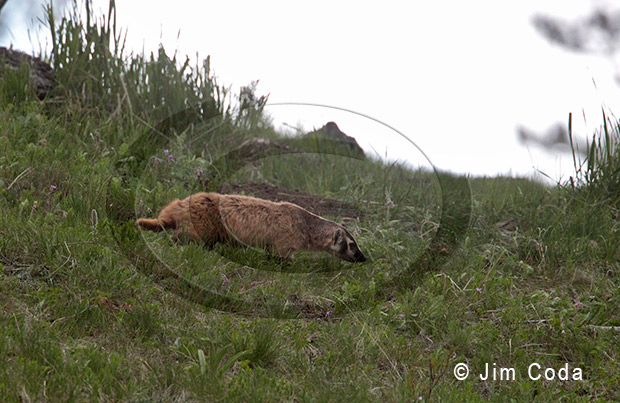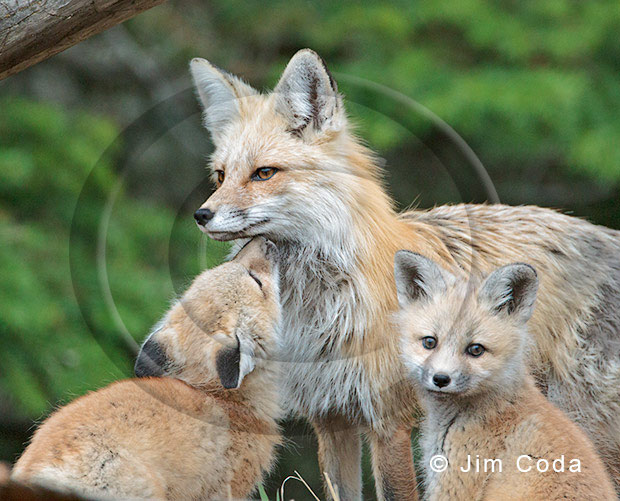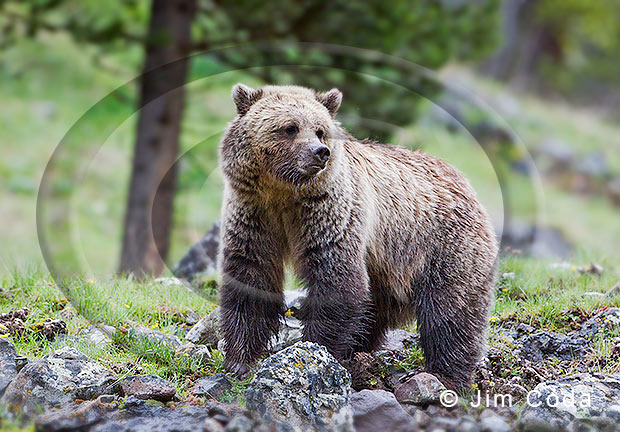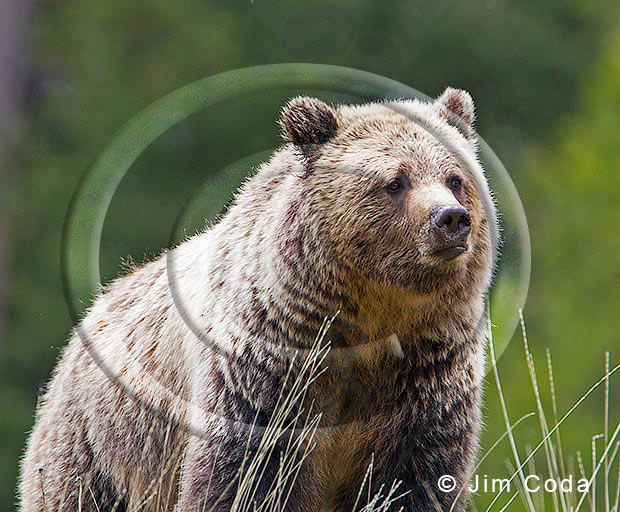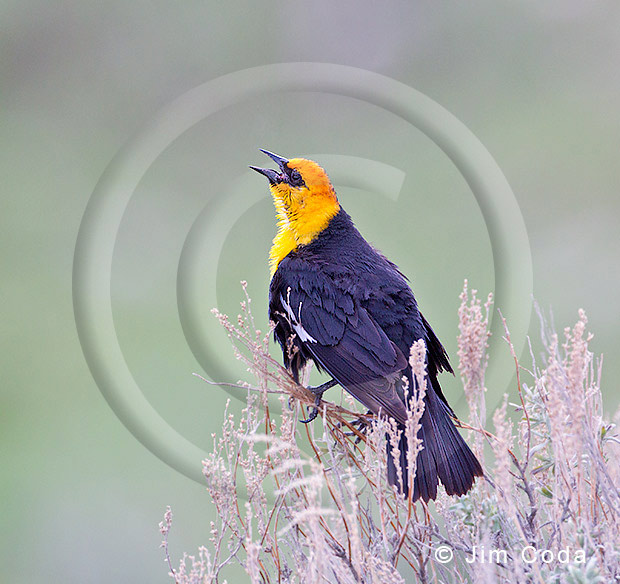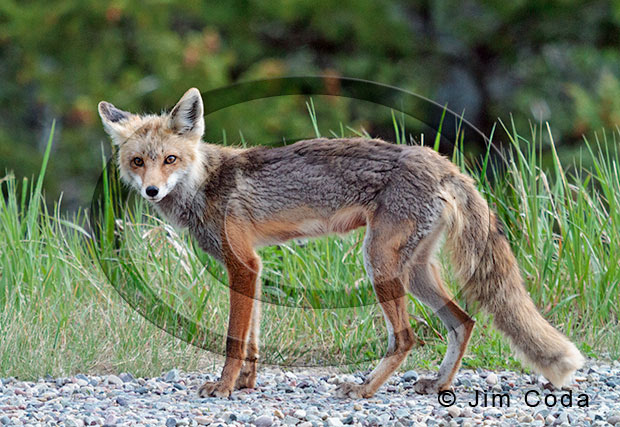Coyotes and Wolves, Yellowstone National Park

I have hardly seen any coyotes or wolves this spring. Today was a good start in correcting that. The first thing I saw to photograph was a pair of coyotes moving down from the Mammoth area toward the Gardner River below.

Not long after that I saw two wolves crossing the Blacktail Ponds area and headed my way. Both wore collars. Unfortunately, they changed direction and this photo is as close as I got to either of them. As of December 2012, there were only 79 wolves in the park. The highest count was 171 in 2007. Ten wolves which lived in Yellowstone most of the time were shot in the first hunting seasons outside the park. Most were shot within a mile or two of the park. Eight of the ten were wearing radio collars. Anyone with radio telemetry can now find wolves with the radio telemetry and shoot them when they leave the park which it seems people are doing.
While I haven’t seen many coyotes or wolves, I have seen quite a few red foxes which I used to hardly ever see.

